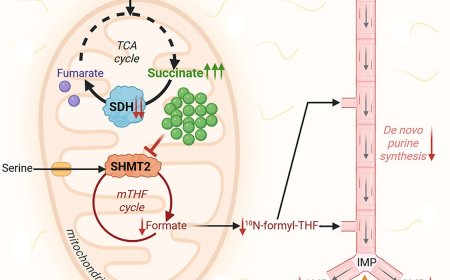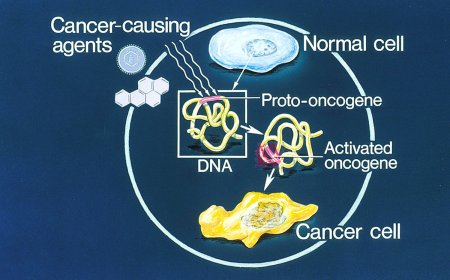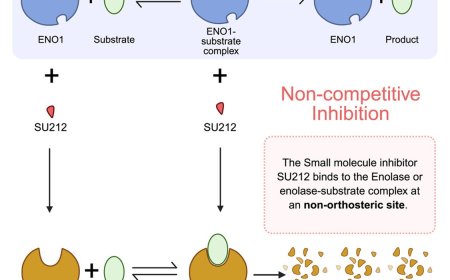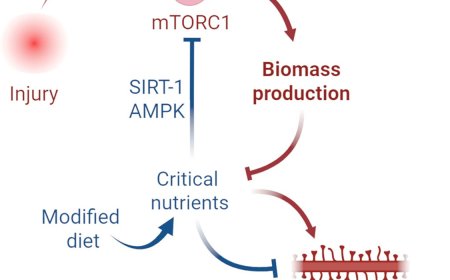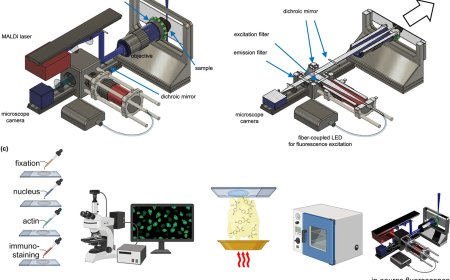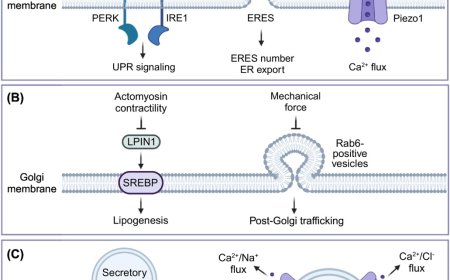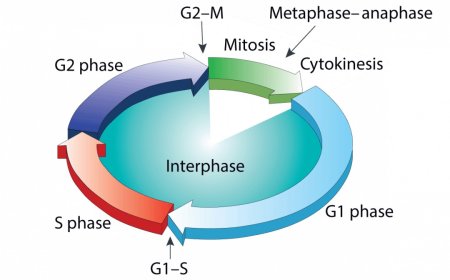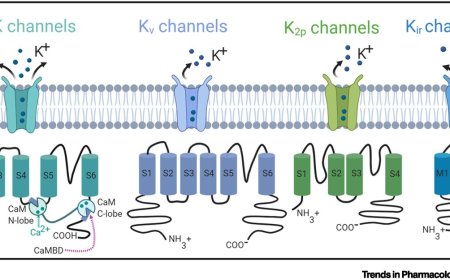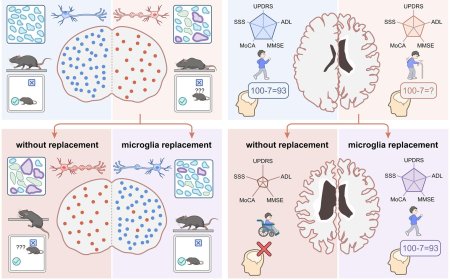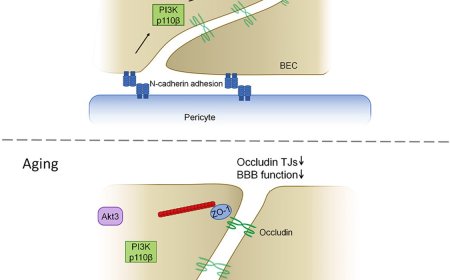New genetic mutation linked to Alzheimer’s risk
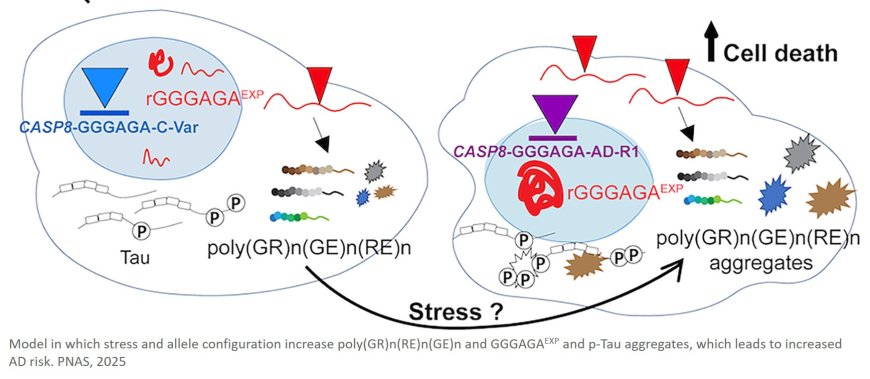
The root causes of most forms of Alzheimer’s disease largely remain a mystery. Now, researchers have revealed a new piece of the puzzle.
Neurogeneticists have discovered a novel genetic mutation and associated buildup of toxic proteins in the brain — a type of buildup distinct from amyloid or tau, proteins that have long been the focus of Alzheimer’s research.
Unexpectedly, the investigators found that 45 of 80 autopsy brains of Alzheimer’s patients showed the accumulation of toxic proteins containing long chains of the amino acids glycine and arginine (polyGR). The findings were published in the journal Proceedings of the National Academy of Sciences.
“While most Alzheimer’s research has focused on the buildup of amyloid beta and tau, the polyGR proteins we’ve found in Alzheimer’s brains were unexpected and completely different,” said the study’s senior author.
This new discovery led investigators on a hunt for a “culprit,” a genetic mutation that could produce these proteins.
In the paper, researchers describe how they developed a high-tech way to quickly sort through a patient’s entire human genome and grab a repeating segment of DNA with a GGGAGA (pronounced “GEE-GEE Gaga”) repeat that produces toxic polyGR proteins.
According to the findings, people who carry a specific variation of this repeated DNA strand — which resides in a gene called CASP8 — have more than double the risk (2.2-fold) of developing late-onset Alzheimer’s.
“This study also raises the possibility that other yet-to-be-identified mutations contribute to Alzheimer’s,” said the study’s lead author. “The method used to isolate this repeated expansion mutation opens up new opportunities to find other genetic culprits that may produce similar toxic proteins.”
Moving forward, these results could be used to develop new biomarkers that may lead to better diagnosis and to the development of new therapeutic approaches to target these toxic proteins.
“With more than 50% of the Alzheimer’s brains positive for this toxic protein buildup,” the author said, “we think we’ve identified a new and frequent type of pathology and unlocked new directions for Alzheimer’s research.”
In addition, according to the research team, the findings support investigating whether a combination of the genetic mutation and stress further increases Alzheimer’s risk.
“One thing we’ve learned about these types of proteins in studying them for the past 15 years is that stress can increase their production,” said the senior author. “The impact of various types of stress as a risk factor for Alzheimer’s and a whole class of repeat expansion disorders will be important for future studies.”
